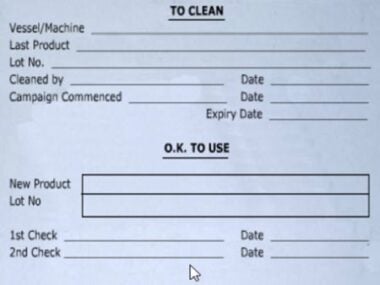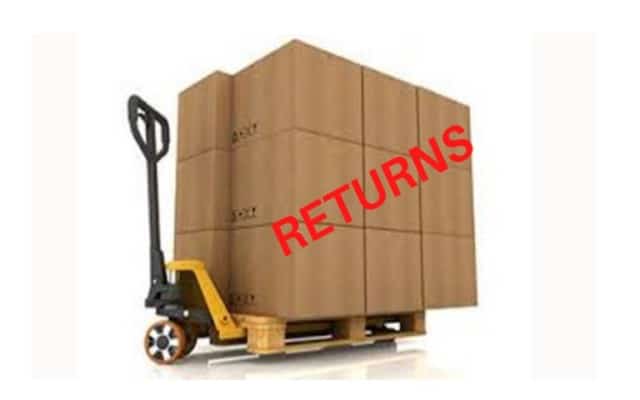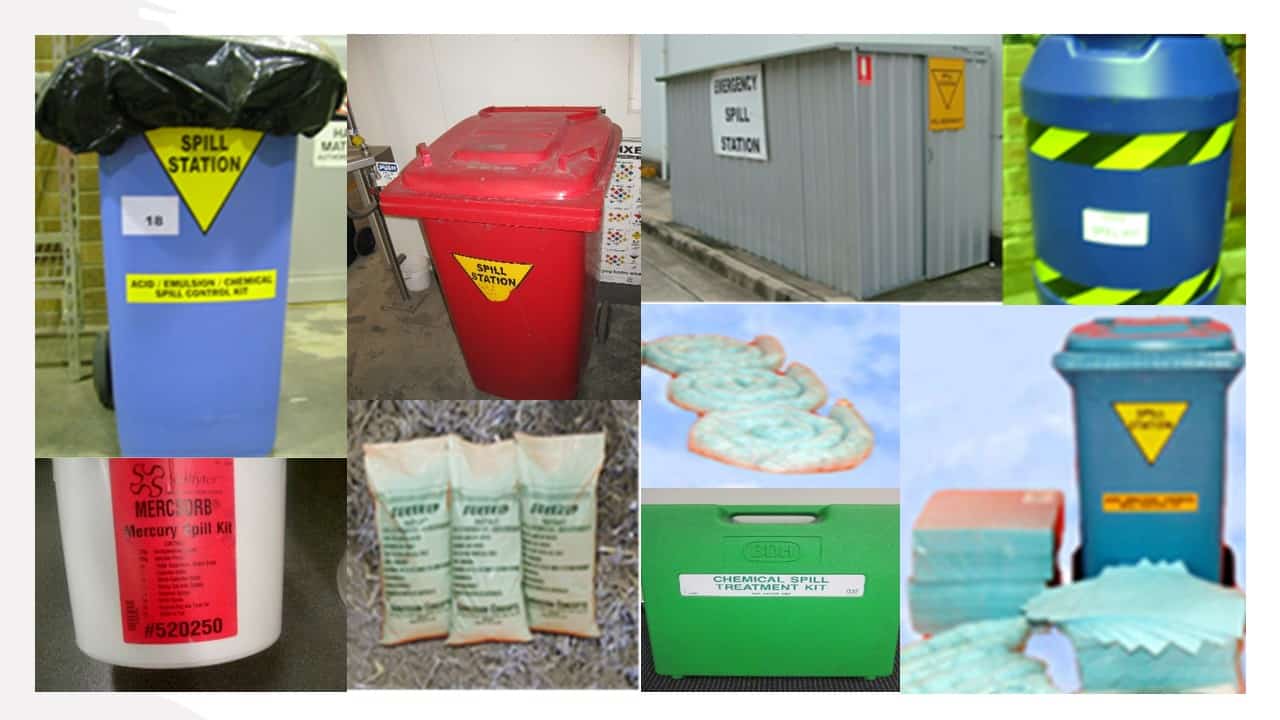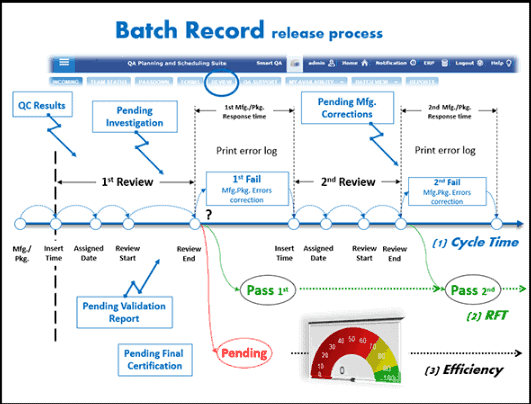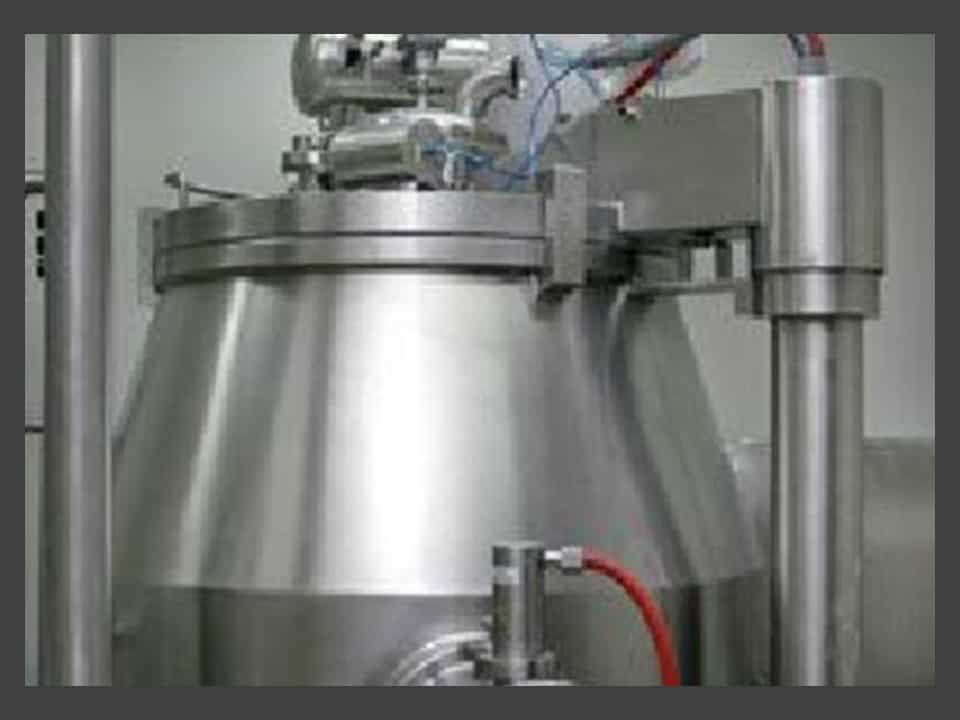
Validation Guideline for Facility and Utility
- Published on: Oct 27, 2017
Purpose
The aim of this validation guideline is to provide a clear statement of the scope, validation approach and testing required for the validation of the facilities and utilities that are involved, directly or indirectly, in the manufacturing processes.
Scope
This validation guideline will apply to all GMP critical facilities and utilities.
Responsibilities and Business Rules
It is the responsibility of the Validation Committee to review and approve the master validation plan, thereby approving the general approach and methods to be employed in the validation of the manufacturing facilities and utilities used throughout the manufacturing facility.
Technical Services
- The Technical Services Department is responsible for establishing and maintaining facility / utility validation programmes and for developing and approving all facility / utility validation guidelines, plans, protocols and reports.
- Technical Services are responsible for verifying that all facility/utility validation programs are in compliance with this guideline and current GMP practices.
Engineering
- Engineering is responsible for ensuring that validated utilities are used to support all major GMP manufacturing equipment as applicable and that facilities are qualified.
Quality Assurance
- Quality Assurance is responsible for ensuring that the GMP aspects of the facility/utility validation programme are in accordance with relevant procedures and that critical parameters and report conclusions are supported.
Procedure
Facility and Utility Validation Rationale
Installation Qualification and Operational Qualification exercises assure through appropriate performance tests and related documentation and records that facilities and utilities have been commissioned correctly and that all will be reliable and within prescribed or specified operating limits.
The validation approach will be based on a risk assessment in accordance with SOP for Quality Risk Management and/or the impact assessment outlined in the SOP Validation Impact Assessment Procedure. If the utility directly affects product quality then qualification of the utility will be performed as described in this section. If the utility does not directly affect product quality qualification may not be required. Justification for not qualifying the utility is required to be approved by Quality. Facility Qualification will be performed on GMP areas only.
Validation Project Plan
For large scale projects a Validation Project Plan (VPP) should be written. VPP’s represent dynamic, project specific master validation plans, often accompanied by several appendices that change as the project progresses.
Design Qualification
The first element of the validation of the new facilities and utilities is Design Qualification (DQ). The DQ documents that the design of facilities and utilities meets GMP, process user and safety requirements and is suitable for its intended use. The DQ process can be incorporated into the IQ or validation report.
Installation Qualification
Installation Qualification (IQ) provides documented evidence that the facilities and utilities have been installed in accordance with their design specifications, user requirements and manufacturer recommendations. Furthermore, IQ ensures that a record of the principal features of the facilities and utilities, as installed, is available and that it is supported by sufficient and adequate documentation to enable satisfactory operation, maintenance and change control to be implemented.
Installation Qualification (IQ) should be performed on new or modified facilities and utilities. IQ should include an appropriate, but not limited to the following:
- Installation of piping, services and instrumentation checked to current engineering drawings and specification;
- Collection and collation of supplier operating and working instructions and maintenance requirements;
- Calibration requirements;
- Verification of materials of construction;
- Cleaning and passivation results;
- Pressure testing / weld checks / pipe slope isometrics;
- Safety requirements;
- Training.
Operational Qualification
Operational Qualification (OQ) provides documented evidence that the utility operates as intended throughout the specified design or anticipated operating ranges and complies with GMP, OHS legislation and other relevant standards.
The critical operating parameters of the utility should be identified at the Operational Qualification stage. The plans / protocols for the Operational Qualification should identify the studies to be undertaken on the critical variables, the sequence of those studies and the measuring equipment to be used and the acceptance criteria to be met.
Where applicable, simulated product may be used to conduct the Operational Qualification. Studies on the critical variables should include worst-case conditions.
All testing equipment should be identified in the protocol and calibrated before use.
All critical instruments will be calibrated prior to Operational Qualification.
Where sampling is performed, the specific sampling site must be identified in the protocol.
Commissioning performed following installation is not a substitute for OQ, however if the commissioning is documented and witnessed / reviewed by a Site employee, the results may be used as part of the OQ.
The completion of satisfactory Installation Qualification and Operational Qualification exercises should permit a formal ‘release’ of the facility / utility for the next stage in the validation exercise. This release should be documented through completion of the validation exercise.
Facility / Utility Validation Requirements
Protocols for each type of qualification will be written according to the site SOP. Depending on the size of the system or item to be validated IQ and OQ may be combined into one protocol and one report.
For new utilities where possible the manufacturer’s validation package will be reviewed and if suitable purchased. The validation team will make additions to the package as necessary to meet site quality standards. Vendor protocols must be pre-approved by site to meet in-house requirement as outlines in this document. A validation report will be issued for vendor protocols.
When there is more than one identical building or utility, each has to be qualified however identical protocols can be used.
Where operating manuals exist for a utility, protocols should reference these manuals.
Validation reports will be written for each protocol. Protocols written for specific utilities must adequately describe the intended use.
An EH&S risk assessment will be considered an essential part of any utility protocol.
The acceptance criteria for each item will be described and justified in the specific protocols for that item. Generally the facility / utility must conform to GMP requirements, OHS standards and applicable Australian standards.
Any deviations encountered during the validation study must be documented in the validation protocol/report and must be approved by Quality Operations.
Qualification of Existing Facilities and Utilities
For established facilities and utilities with critical aspects that are not validated, gaps in qualification activities in the existing documentation shall be identified. If there are gaps, remediation activities shall be developed and implemented.
Qualification of Utilities with Computer Systems
Utilities containing Programmable Logic Controllers and or computer systems must also conform to SOP Computer Validation Guidelines. Usually the computer system will be qualified as part of the utility qualification. Separate protocol(s) and report(s) are not required.
Re-Qualification
Modifications to, or relocation of, validated facilities and utilities must be authorized through the change control system. Modification or relocation will require full or partial re qualification.
Maintaining the Validated State
All facilities and utilities once validated will be maintained in a validated state throughout the life cycle of the facility / utility. Maintaining the validated state will be achieved by the change control system, re-qualification, training, SOPs, calibration and engineering maintenance programes.
Related Posts
Preventative Measurements for Eliminating Cross Contamination During Medicinal Product Preparation
Typical cleaning records produced by pharmaceuticals manufacturing plants
Expected Compliance Standards for Quality Control Laboratories


